In the long run, you’ll come to understand that businesses face capital limitations. Companies that have to wait months for payment are more susceptible to cash flow concerns. Business owners can now quickly increase their cash flow by selling their unpaid invoices to third parties who provide them with “invoice finance”. So they won’t have to wait a long time before getting paid.
To better understand invoice finance, we’ll examine the many options available to small businesses in this article. As a result, we’ve outlined the benefits and drawbacks associated with this particular line of credit.
What is invoice factoring?
For small businesses, factoring invoices is a form of finance that converts customer bills that are due within 90 days into instant cash. Vendor factoring can provide short-term working capital for your firm. Your customers pay the factoring company, and you get the money you owe.
What exactly is a factoring company? If you have outstanding invoices, you can get cash through a third-party invoice factoring organization (also known as a factor). Factoring firms charge businesses a fee in order to recoup their costs.
The invoice is paid in two installments by the factoring company. As a start, you’ll get an advance on the invoice amount (about 80%). Excluding factoring fees, you receive the remaining 20% of the invoiced amount after the consumer pays the invoice. Accounts receivable factoring is another name for small business invoice factoring.
Exactly how does invoice factoring work?
Many factoring companies work in somewhat different ways than others. To borrow money against an overdue bill, you can use two methods: invoice factoring and invoice discounting. Customers are immediately billed and paid by factoring companies when you sell your outstanding bills to them. It’s also possible that you’ll only get 60–95% of the invoice value.
Benefits of invoice financing for small-business owners
When a company gets a loan on its receivables, it also pays a processing charge and interest on top of that, which is what invoice financing is all about. A reduction in an organisation’s accounts receivable isn’t the only benefit that can be derived from doing so.
While major corporations have a variety of funds to satisfy their needs, small businesses need immediate access to cash in order to run effectively. Stagnant collections are a major roadblock to an organization’s expansion. They reduce the inflow of cash and keep it at a normal (or higher) rate of outflow. Eventually, this shortfall eats away at the SME’s working capital and stifles activities. Competition may suffer or the company may shut down if there is a long-term lack of working capital funds.
A company’s cash flow is more predictable and steady when slow-moving accounts receivable are funded early through invoice financing. Business owners may rest assured that they won’t be caught in a vicious cycle of debt because the size of the loan is determined by the invoice amount. So, if your small business has a hard time paying its bills, you might want to think about working with an invoice financing company.
How can I use it for my small business?
You may apply for invoice finance online in just a few minutes and start receiving funds for your business right away. As with any loan, you’ll have to meet certain criteria, but the most crucial one is that you have overdue invoices. To improve your chances of getting a loan, find out what the lender wants before you walk in. Depending on the company, you may be able to get away with having a bad credit score, but it’s always a good idea to double-check before applying.
Working Capital Loans for Invoice Financing
You may not be able to get the finance you need for your small business just through invoice financing. Combine invoice finance with another business loan to receive the best available funding! You and your company may benefit from one of the following four types of loans, depending on your financial status and the industry in which you work.
Line of credit
Like a credit card, but with immediate access to your funds, this method of financing is convenient. It’s possible to establish a cap on how much you can borrow and only pay interest on what you actually use. You’ll never run out of money with invoice finance and a line of credit together.
Term loan
Taking out a term loan to fund a business expansion, hire new workers, or purchase real estate is a smart move. As a long-term financing solution, invoice finance is a good fit.
Personal loan
Since a personal loan can be utilized for both short-term and long-term costs, invoice financing works well when consumers fail to pay their bills on time. As long as consumers aren’t paying on time, invoice finance might keep your firm alive.
Financing for the purchase of equipment
Using equipment financing and invoice financing together ensures that your company has both cash and the necessary resources for growth. Your company’s growth will be aided by this. One of the loans above can be used in conjunction with invoice finance to cover your capital needs, allowing you to concentrate on the growth of your company.
If you have outstanding invoices, invoice finance is a wonderful option for small businesses. Invoice financing has both advantages and disadvantages that must be considered while making a decision. Combining invoice financing with a small business loan is another option for keeping the company’s finances in line. Your company and yourself will benefit the most from any choice you make.
To find out more about invoice factoring, get in touch with Funding Bay.



